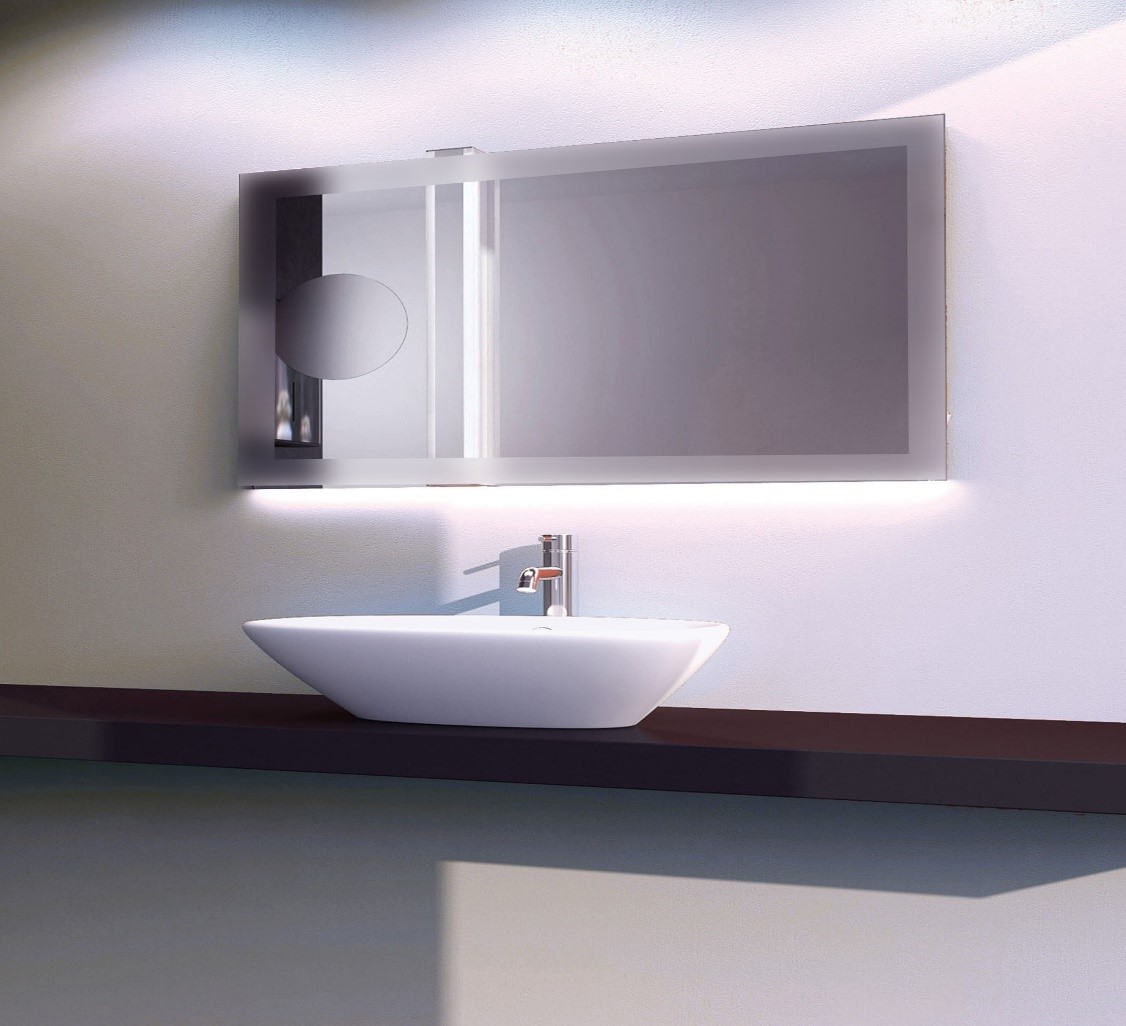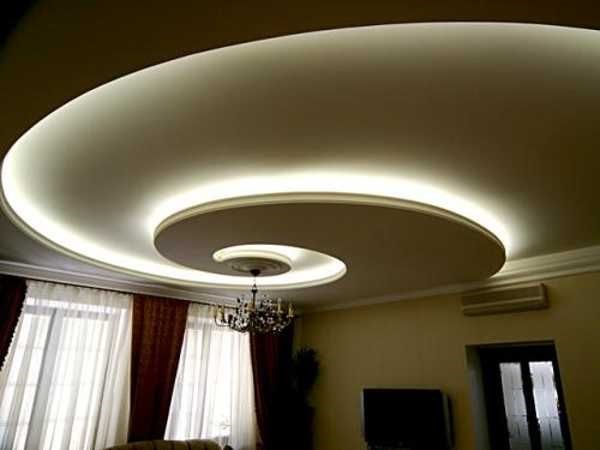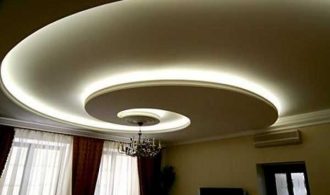Bringing your interior design to life needs lighting to make it shine. Lighting helps to set the tone and create the mood inside your home, as well as marking out areas, highlighting textures and of course, any special features. Here are some clever lighting tips to illuminate your home:
- What is the function?
It’s important to think about the function of a room when you want to plan interesting lighting for it. For kitchens, you’ll want task lighting directly over worktops for example. Study rooms and home offices will benefit from daylight lamps for optimal visibility when completing tasks. Wall lights and an illuminated mirror in the bathroom provides good all-round light for various tasks, from relaxing in the tub, with dimmable lights to doing your hair in the mirror under task lighting.

- Try some 3D thinking
We tend to think of fitting lights in the same format, but you can add interesting texture to a room by installing lights at an acute angle to surfaces. For example, directional lights cast different levels of light between the ceiling and the floor. Bear in mind that directional lighting can highlight uneven surfaces or features you might prefer to disguise.
- Accent the best bits
Lighting can be used to draw focus onto spaces you love, such as architectural details but also used to draw the eye away from anything you don’t like so much. Consider narrow beams for highlighting artwork or ornaments. Archways can be uplit by floor spotlights and cabinets can glow from the inside with internal LED strip lights. There are many clever ways to highlight objects in a room that you want to focus on, whether you have a traditional or contemporary décor. Hang overhead lighting in a stunning ceiling rose to make your lights stand out. See more at https://www.creative-cables.co.uk/2648-ceiling-roses
- Not on show
Did you know that you can create mystery and atmosphere by concealing your lighting? Light strips can be hidden underneath cabinets for example to provide a magical glow across the floor. Another idea for the kitchen is to use strip lights hidden above cupboards that will shine back down onto work surfaces without direct glare.

- Energy-saving
Low-energy lightbulbs have come a long way in the last decade. They used to be harsh, with a rather unpleasant blue glare. Now you can enjoy basking in warm glows when you install LED lighting and they use up far less energy than the old-fashioned bulbs. They do cost more initially, but you make this back through saving money on energy.
- Don’t forget free-standing lights for adding layers
Don’t overlook the role of floor and table maps for adding further layers of light to a room, giving you options, over which lighting to choose depending on your mood or what you’re doing. Remember to tie in your different lighting to the same theme so they blend seamlessly together, working in harmony to light your home in stunning fashion.

